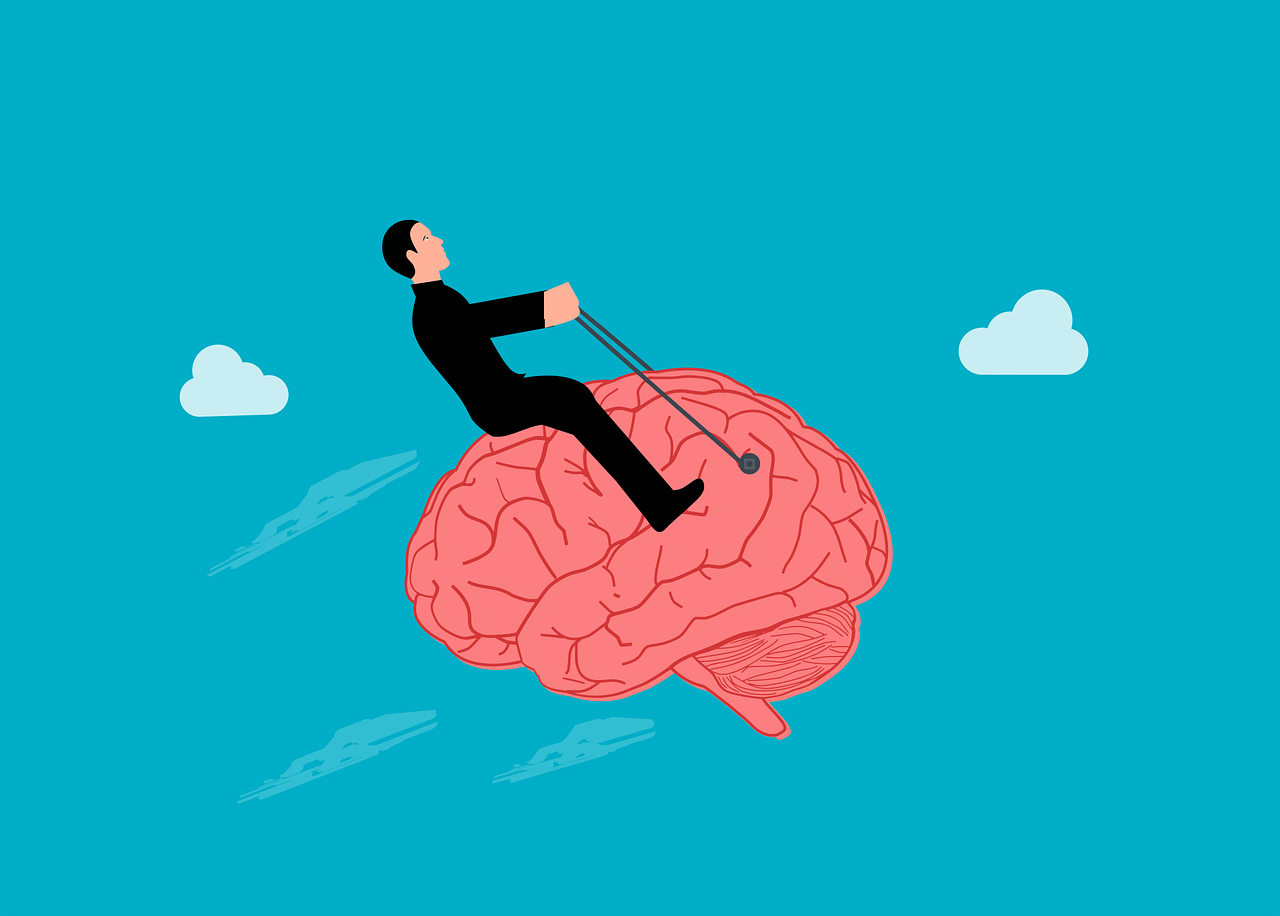Shifts In Strategy Require Shifts in Mindsets
When strategies, leaders, systems, or organizational structures change, the way people think and behave needs to change accordingly. As you contemplate changes at work to improve performance, don’t neglect the “soft side” of organizational change. Few transformations reach their goals without knowing how to shift mindsets at work.
Examples of the most common shifts in mindset at work are observable changes in leadership, communication, decision making, information sharing, customer focus, business acumen, entrepreneurship, resilience, adaptability, and collaboration across teams and functions. These are all core competencies on the soft side of leadership and can be measured in leadership simulation assessments. They also shape your workplace culture.
Workplace Culture
We know from our organizational alignment research that workplace culture — how work gets done — accounts for 40% of the difference between high and low performing companies. Though culture was once considered “soft,” it has a hard effect on the bottom line. How people think, behave, and work matters. And any real workplace transformation will fall flat unless you include plans to shift mindsets — the basis for successful culture change.
How to Shift Mindsets at Work
If you can effectively shift employee mindsets, their behavior will follow. Based upon data from when we assess organizational culture, here are some tips on how to shift mindsets at work:
- Have Shared Leadership from the Start
Leaders cannot change employee attitudes and behaviors simply by dictating what they think should happen. Effective change leaders know they must actively include all stakeholders in the identification of what mindsets need to change and how. Establish a common language, agree upon what success looks like, and include those most affected by change in leading the effort.
Does your culture change effort have a clear vision for change, business case for change, urgency for change, and plan for success?
- Set Meaningful Enough Goals
Don’t underestimate the power of working together toward a meaningful outcome. Set challenging goals that are important enough to motivate and inspire employees to change the way they think and behave. For example, if you want teams to collaborate, set up shared goals that require people to work together for the goals to be accomplished.
Remember, lackluster goals lead to lackluster efforts. Avoid complacency at work by ensuring that teams are always striving for more.
- Know How and When to Delegate
The best change leaders know how and when to step back and allow others to deliver results. Get to know your team — what they’re good at, what they like to do, and what they dream of doing — so you can match the employee to the task. Operate more as coach than boss and watch your team members step up to their responsibilities with confidence and pride.
While it can be tempting during culture change, taking on too many of your team’s tasks shows a lack of trust in their capabilities and does not give them a chance to try the new ways of thinking and behaving.
You will know that you are delegating effectively when you spend less time “doing” and more time “empowering” and “leading.”
- Amp Up Communication
Stay tuned. Change communication best practices tell us to check in with teams on a regular and frequent basis so you know when issues arise that need tending or when milestones have been reached that deserve recognition. By staying close to the action, you can ensure you are all moving in the right direction.
And remember all communications should be two-way and be meaningful and relevant to your employees’ concerns.
The Bottom Line
High performance cultures often require specific behavior shifts not just in actions, but also in underlying mindsets, beliefs, and attitudes. Are you doing all you can to improve the odds of transformation success by focusing on both the hard and soft sides of culture change?
To learn more about how to shift mindsets at work, download The 3 Levels of a High Performance Culture that You Must Get Right
